2021 February
About Andrew Cusack
 Writer, web designer, etc.; born in New York; educated in Argentina, Scotland, and South Africa; now based in London.
Writer, web designer, etc.; born in New York; educated in Argentina, Scotland, and South Africa; now based in London. read more
News
Blogs
Reviews & Periodicals
Arts & Design
World
France
Mitteleuropa
Knickerbockers
Argentina
The Levant
Africa
Cape of Good Hope
Netherlands
Scandinavia
Québec
India
Muscovy
Germany
Academica
Articles of Note: 24.II.2021

• It is almost certain that we will never know who the actual winner of the 2020 presidential election was: the methods of fraud which might have been deployed are by their very nature ephemeral. Anton is right in that the best summary of the irregularities is from the U.S.-based Swedish academic Claes Ryn: How the 2020 Election Could Have Been Stolen. Ryn’s academic work is always an insightful read so his take here is worthwhile.
• I’ve said it before and I’ll say it again: the Frenchman Pascal-Emmanuel Gobry is always worth reading and always brings something to the table. P.E.G. argues the pre-Trumpers, anti-Trumpers, and never-Trumpers on the American centre-right need to recognise the reasons why Trump became a political phenomenon in the first place: Why Establishment Conservatives Still Miss the Point of Trump.
• One of the best books on urbanism in the Cusackian library is Allan Jacobs’s Great Streets. The expert work with its illustrative maps, diagrams, and line drawings is now a quarter-century old and on this anniversary Theo Mackey Pollack examines What Makes a Great Street.
• A new book argues that our vision of Northern Ireland as a corrupt and gerrymandered statelet from its birth in 1921 until the imposition of direct rule in 1972 is largely a myth. The editors Patrick J Roche and Brian Barton take to the pages of the once-great Irish Times to offer A Unionist History of Northern Ireland. It’s… an interesting perspective that will doubtless provoke a debate, but colour me sceptical.
Het Spui
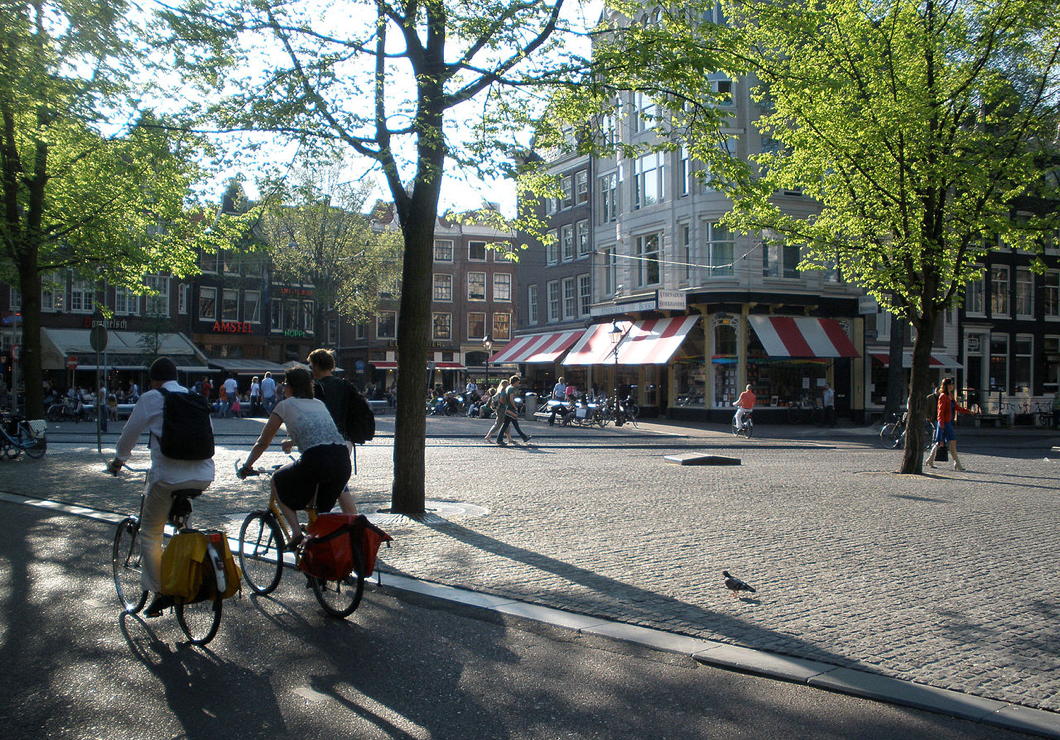
Amsterdam is known for its canals, not its public squares, but Het Spui is quite welcoming all the same. The name means roughly sluice or floodgate, pointing to the unsurprisingly watery origins of the place.
At first, it was a canal like any other and was only filled in during the nineteenth century: The first part in 1867 when the neighbouring Nieuwezijds Achterburgwal was filled in, the rest in 1882, two years before the Nieuwezijds Voorburgwal.
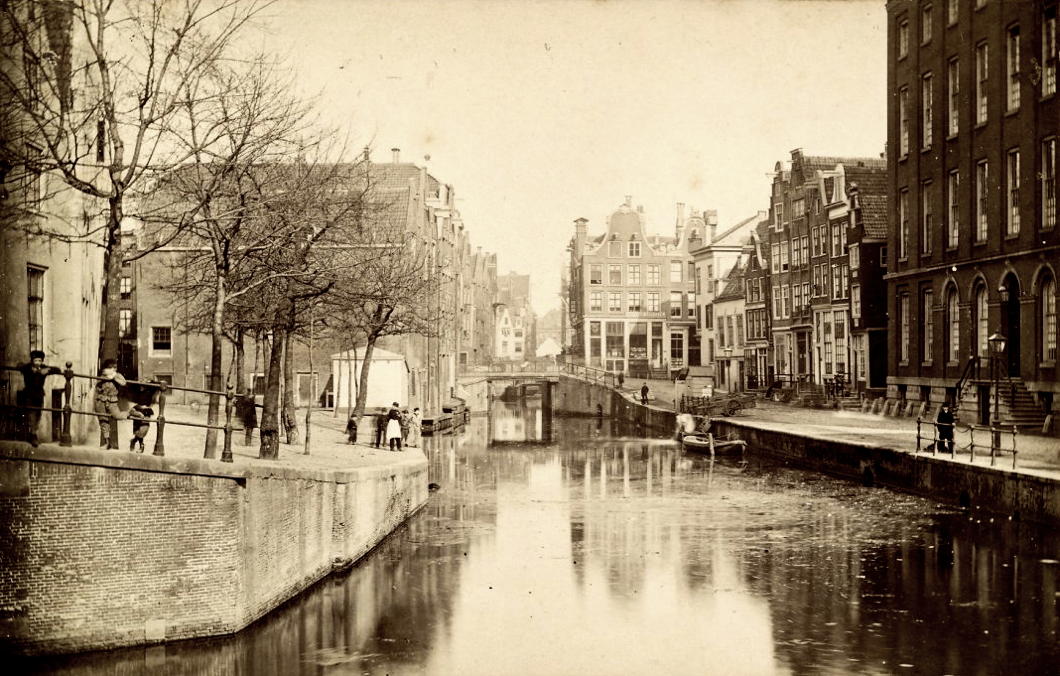
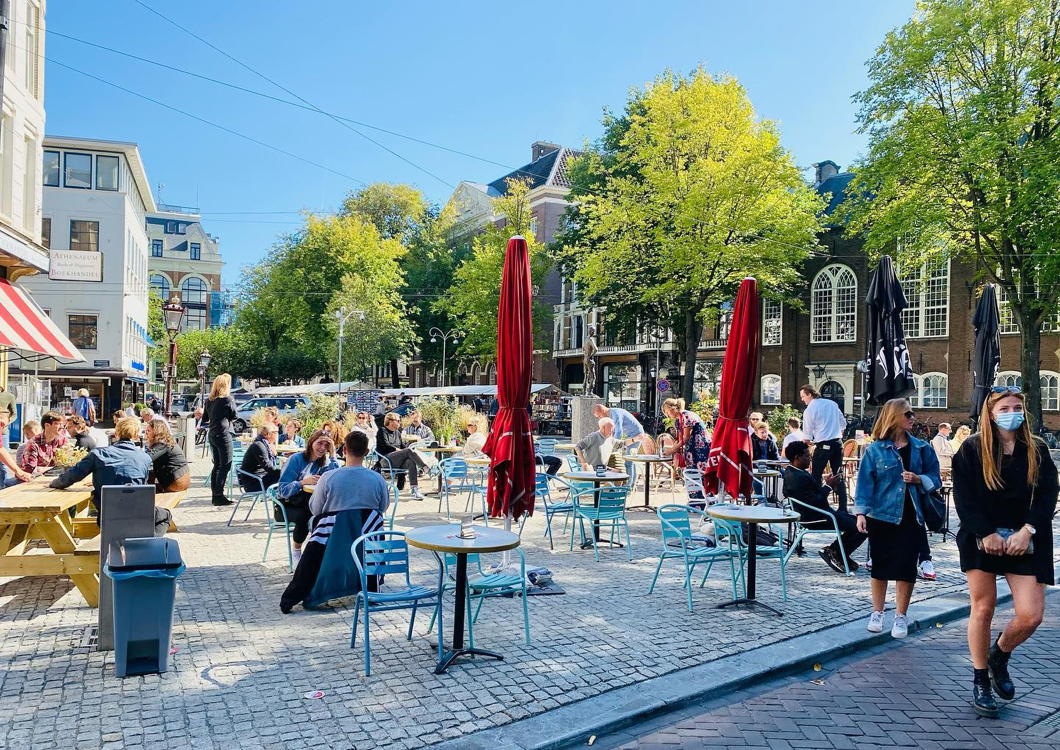
The Spui (pronounced “spouw” — unless Dawie van die bliksem corrects me) is a focal point surrounded by a number of sights. There’s the Old Lutheran Church, where the Maatschappij tot Nut van ’t Algemeen met in its early years and still a working congregation today.
There’s the Maagdenhuis, built as a Catholic orphanage and also the seat of the Archpriest of Holland and Zeeland until the restoration of the hierarchy in 1856. The orphanage moved out in 1957 when the building became a bank branch but was purchased by the University of Amsterdam in 1962 to house the administration of the growing institution. (more…)
The Three Flags of Uruguay
South America is a funnier place than most people expect and is full of odd curiosities. For example, most countries have one official name — e.g. ‘United States of America’ — whereas Argentina has three.
The 1853 constitution gives equal status to the names ‘United Provinces of the River Plate’, ‘Argentine Republic’, and ‘Argentine Confederation’, further detailing that ‘Argentine Nation’ should be used in the making and enactment of laws.
So far as I know, Argentina is also the only country whose name only comes in an adjectival form. We think of ‘Argentina’ as a noun, but it is actually an adjective — meaning silverine — that modifies ‘Republic’.
Referring to the country as ‘the Argentine’ was once fairly common, even predominant, in English but now seems a bit fogeyish. Nonetheless, it’s a more accurate translation.
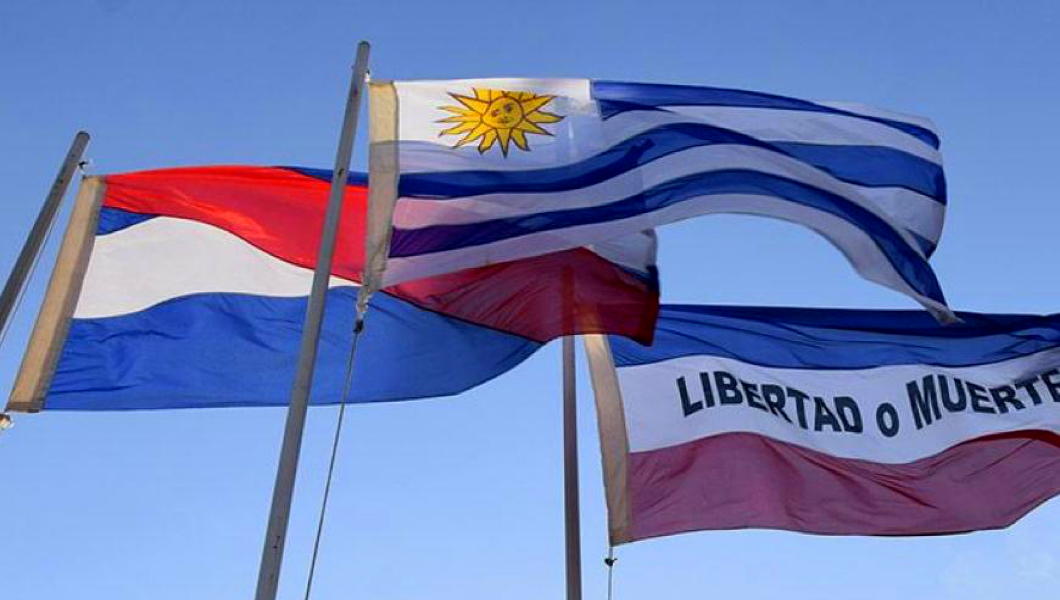
While Argentina has three official names, today I learned that its smaller neighbour, the Oriental Republic of Uruguay, has three official flags.
Rather than add to the unceasing and useless repetition of the internet, I can happily link to the Danish vexillogist Anton Pihl who gives a useful and concise explanation and background to the three official flags of Uruguay.
Furthermore, Uruguay’s Artigas flag bears a great deal of similarity to the flag of the Argentine province of Entre Ríos which happens to sit right across the Uruguay river from Uruguay itself. The province’s name means ‘Between Rivers’ (the other river being the Paraná) which, of course, is a cognate of Mesopotamia far away.
And why is Uruguay the ‘Oriental Republic’? Because it’s the eastern bank of the Uruguay river.
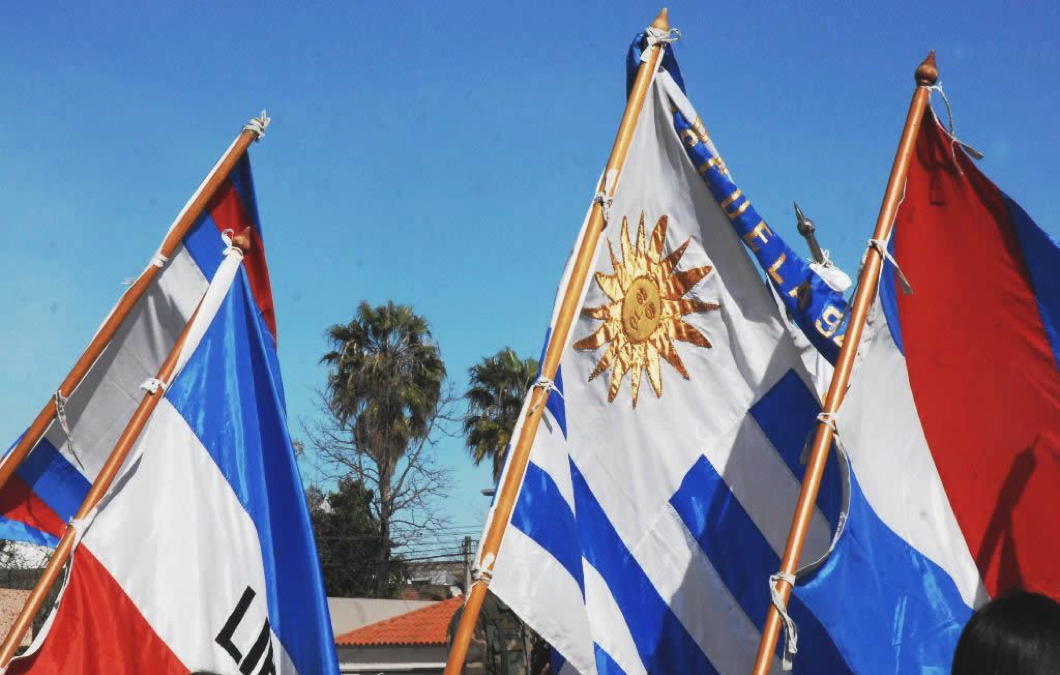
Search
Instagram: @andcusack
Click here for my Instagram photos.Most Recent Posts
- Silver Jubilee November 21, 2024
- Articles of Note: 11 November 2024 November 11, 2024
- Why do you read? November 5, 2024
- India November 4, 2024
- The Lithe Efficiency of the Old Constitution November 4, 2024
Most Recent Comments
Book Wishlist
Monthly Archives
Categories


